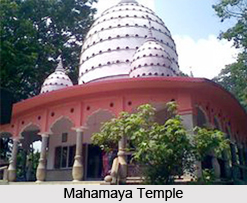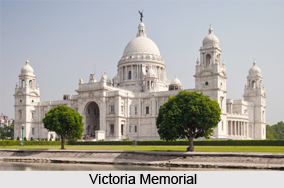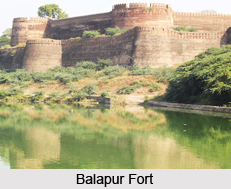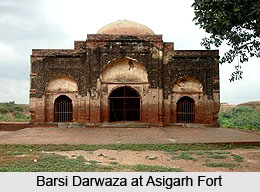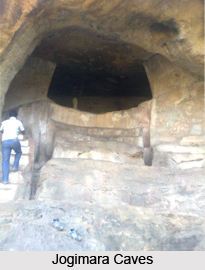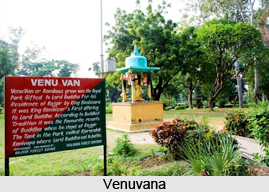 Venuvana of Rajgir is the site where the Venuvana Vihar monastery was built by King Bimbisara for Lord Buddha to reside. "Venuvana" or the forest of Bamboos was the royal park gifted to Buddha in order to make it easier for his devotees to visit him.
Venuvana of Rajgir is the site where the Venuvana Vihar monastery was built by King Bimbisara for Lord Buddha to reside. "Venuvana" or the forest of Bamboos was the royal park gifted to Buddha in order to make it easier for his devotees to visit him.
Today, it is a park with admiring sights of bamboos, flowers and a large pond with Lord Buddha"s image in the centre. The cemetery is believed to be the site of the Venuvana Vihara built by Bimbisara for the Buddha"s residence. The whole area has been cleaned up and Venuvana now looks like a pleasant park, planted with shade trees, bamboo and flowers, reflecting its original status as the royal park of King Bimbisara.
History of Venuvana
When King Bimbisara heard that Lord Buddha had come to Rajgir, he went to the sapling grove to meet the Buddha and was converted to Buddhism, attaining the first stage of "Sainthood". Thereafter, he invited Buddha to his palace for the following day"s meal, after which he donated the famous "Bamboo Grove" or "Venuvana", to Lord Buddha.
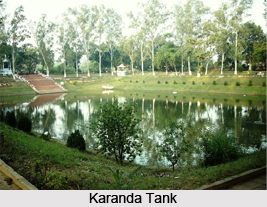 Significance of Venuvana
Significance of Venuvana
The park was chosen for Lord Buddha by King Bimbisara since it was a quiet spot suitable for meditation as well as being in a convenient location not too far outside the town. Lord Buddha spent the second, third and fourth rain-retreats at Venuvana, and after the first council in the year of the Buddha"s death the monks who had taken part retired there to rest. Many early discourses were preached at this site.
Karanda Tank at Venuvana
In the vicinity of Venuvana is a large pond with a Buddha image at the centre. This pond is believed to be the site of the "Karanda Tank" mentioned in Buddhist text as the "Karanda Kanivapa" where the Buddha used to take his bath. About 150 metres to the north of the modern temples and mosques near the hot springs, there is a large tank immediately to the right of the footpath.
This article is a stub. You can enrich by adding more information to it. Send your Write Up to content@indianetzone.com
